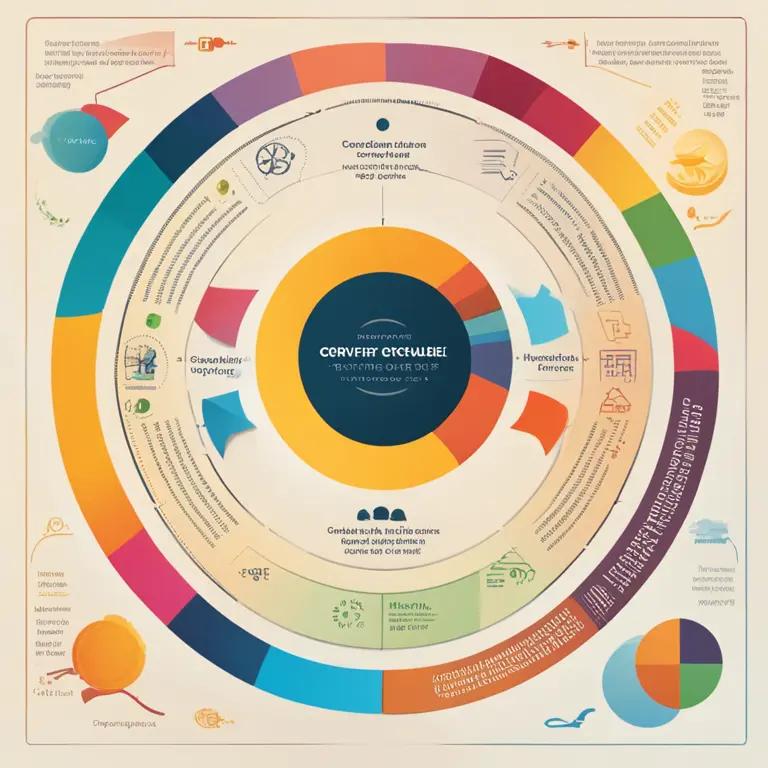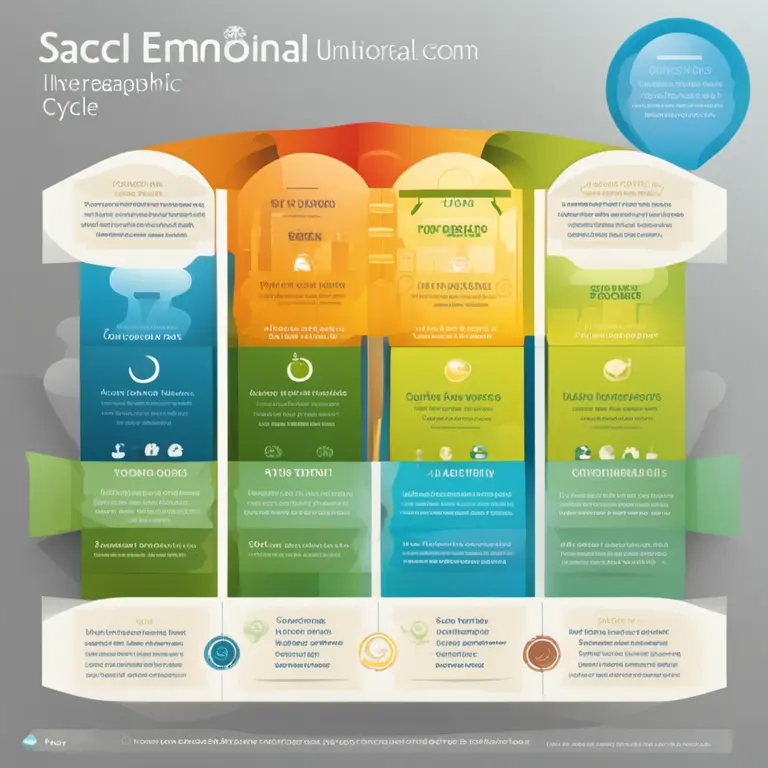
The Rhythms of Life: A Biorhythm Primer
Delve into the concept of biorhythms: the idea of natural cycles affecting our physical, emotional, and intellectual faculties. Learn what these rhythms entail and how they might influence daily life.
article by Adrian Wallace
Introduction to Biorhythms
Biorhythms are believed to be the invisible cycles that govern human behavior and well-being. The theory posits that from birth, we are influenced by rhythmic biological patterns that affect our physical, emotional, and intellectual capabilities. These cycles reputedly impact our daily lives in profound ways, influencing everything from our performance in tasks to our interpersonal relationships. The concept, popularized during the 20th century, continues to intrigue and inspire those searching for a deeper understanding of human nature and how we might harmonize with our innate patterns.

Physical Cycle: The Body’s Beat
The physical cycle, lasting 23 days, is said to affect our stamina, strength, and coordination. It is believed that when the cycle is on an upward curve, our physical condition and resistance to disease are at their peak. Conversely, during the downward phase, one might experience lower energy levels and might be more susceptible to physical ailments. Fitness enthusiasts and athletes may plan their training schedules around this cycle to potentially maximize performance and recovery.

Emotional Cycle: Mapping Moods
This 28-day cycle purportedly sways our emotional states, creativity, and mental wellness. Advocates suggest that heightened emotional sensitivity occurs when the curve ascends, possibly enhancing creativity and emotional interaction. The descending phase could purportedly lead to a lack of emotional resilience and a tendency towards introspection or melancholy. Recognizing these patterns may help individuals better manage their emotional well-being.

Intellectual Cycle: Cognitive Climate
The intellectual cycle has a 33-day span and is thought to influence cognitive functions such as analytical thinking, logic, and memory. When this cycle is in a positive phase, one might find that decision-making, learning, and concentration are enhanced. When in a negative phase, cognitive tasks could become more challenging. Professionals and students might consider this cycle when planning activities requiring deep thought and mental exertion.
Interpreting Your Biorhythms
To calculate personal biorhythms, individuals require their date of birth as a starting point. Numerous online calculators and applications now exist to assist in this process, many of which offer interpretations and predictions based on one's biorhythmic state for any given day. While the scientific community remains skeptical about the empirical validity of biorhythms, proponents view them as a valuable introspective tool for personal and professional development.
Biorhythms in the Digital Age
With advancements in technology and personal analytics, biorhythms have found a new home among digital health tools and apps designed to foster self-awareness and mindfulness. Some modern interpretations of biorhythms incorporate advanced algorithms and user data to create more personalized readings. Although the evidence for biorhythms influencing our lives is anecdotal, this modern representation of an age-old concept shows its enduring appeal and adaptability.
Published: 1/25/2024
Modified: 1/25/2024
More predictions
Come back here soon to learn more about yourself and your future


The Basis of Biorhythms: Biological Cycles Explored
Delve into the foundations of biorhythms and discover how these natural cycles influence our daily lives and well-being.


The Principles of Biorhythm Cycles
Discover the fundamental principles of biorhythm cycles and how they influence daily life and personal well-being in this insightful article.


The Human Biorhythm Cycle: Patterns of Life's Ebb & Flow
Delve into the human biorhythm cycle, a compelling concept in the holistic understanding of our physiological and emotional patterns over time.